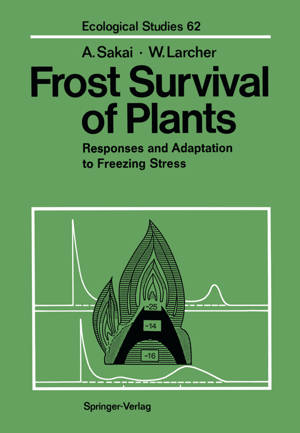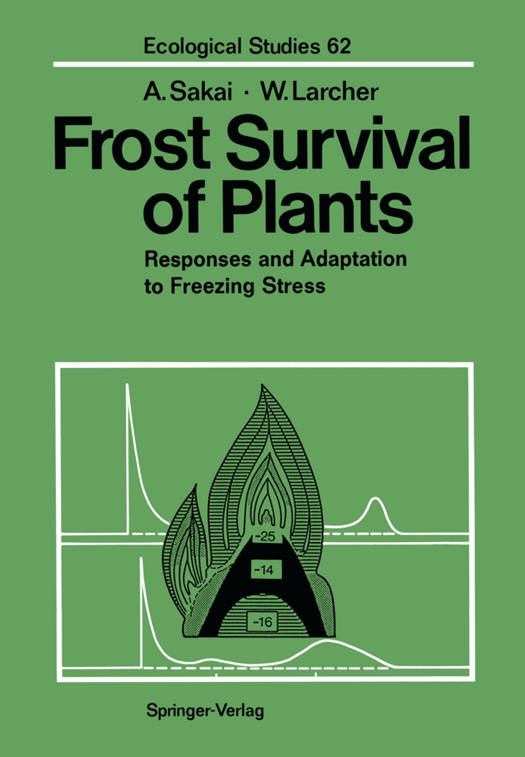
- Afhalen na 1 uur in een winkel met voorraad
- Gratis thuislevering in België vanaf € 30
- Ruim aanbod met 7 miljoen producten
- Afhalen na 1 uur in een winkel met voorraad
- Gratis thuislevering in België vanaf € 30
- Ruim aanbod met 7 miljoen producten
Zoeken
€ 145,19
+ 290 punten
Omschrijving
Low temperature represents, together with drought and salt stress, one of the most important environmental constraints limiting the pro- ductivity and the distribution of plants on the Earth. Winter survival, in particular, is a highly complex phenomenon, with regards to both stress factors and stress responses. The danger from winter cold is the result not only of its primary effect, i. e. the formation of ice in plant tissues; additional threats are presented by the freezing of water in and on the ground and by the load and duration ofthe snow cover. In recent years, a number of books and reviews on the subject of chilling and frost resistance in plants have appeared: all of these publications, however, concentrate principally on the mechanisms of injury and resistance to freezing at the cellular or molecular level. We are convinced that analysis of the ultrastructural and biochemical alterations in the cell and particularly in the plasma membrane during freezing is the key to understanding the limits of frost resistance and the mechanisms of cold acclimation. This is undoubtedly the immediate task facing those of us engaged in resistance research. It is nevertheless our opinion that, in addition to understanding the basic physiological events, we should be careful not to overlook the importance of the comparative aspects of the freezing processes, the components of stress avoidance and tolerance and the specific levels of resistance.
Specificaties
Betrokkenen
- Auteur(s):
- Uitgeverij:
Inhoud
- Aantal bladzijden:
- 321
- Taal:
- Engels
- Reeks:
- Reeksnummer:
- nr. 62
Eigenschappen
- Productcode (EAN):
- 9783642717475
- Verschijningsdatum:
- 17/11/2011
- Uitvoering:
- Paperback
- Formaat:
- Trade paperback (VS)
- Afmetingen:
- 170 mm x 244 mm
- Gewicht:
- 535 g

Alleen bij Standaard Boekhandel
+ 290 punten op je klantenkaart van Standaard Boekhandel
Beoordelingen
We publiceren alleen reviews die voldoen aan de voorwaarden voor reviews. Bekijk onze voorwaarden voor reviews.








